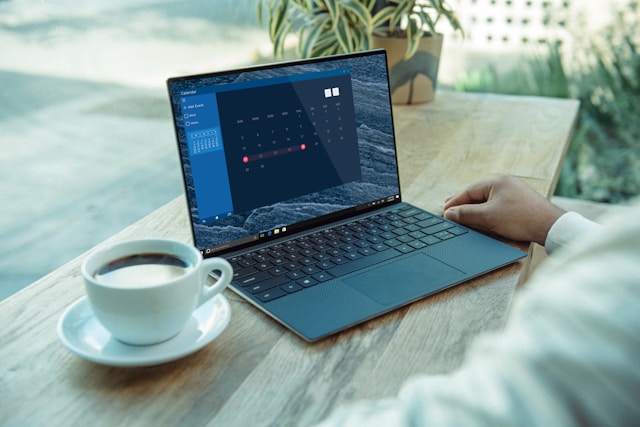HTTP Error 413 is triggered when a web server detects an HTTP data stream from a client, like a web browser or CheckUp Down, that is excessively large. The threshold for what constitutes “too large” varies based on the server’s operational parameters.
The HTTP Request Cycle and Error 413
The process leading to a 413 error involves several steps:
- Acquiring an IP address from the site’s URL (excluding ‘http://’), is a task performed by domain name servers (DNS);
- Establishing an IP socket connection to the acquired IP address;
- Sending an HTTP data stream through the socket;
- Receiving a response from the web server, which includes various status codes as per HTTP protocols.
The 413 error arises in the last step when the client recognizes an HTTP status code indicating the ‘413’ error.
Strategies for Resolving General 413 Errors
While rare in typical web traffic, especially when using a web browser, resolving a 413 error requires examining the client system’s actions. The issue usually necessitates a discussion with your Internet Service Provider (ISP) and an investigation into why the web server is rejecting the data quantity sent by the client.
Specific Solutions for 413 Errors in CheckUpDown
In the context of CheckUpDown accounts, the occurrence of a 413 error is unlikely and usually points to a flaw in programming either in our systems or the web server managing your site. The HTTP data streams generated by our services are relatively small and should fall within the acceptance range of most web servers.
Contact Information and Assistance
Should you encounter a 413 error, please reach out to us primarily via email. Direct intervention is necessary to resolve these errors, involving communication with your ISP and your web server’s software vendor to pinpoint the exact cause of the issue.
Comparative Analysis Table
| Factor | General Web Traffic | CheckUpDown Context |
|---|---|---|
| Commonality of Error | Rare | Extremely Rare |
| Likely Cause | Excessive Data Size | Programming Flaws |
| Resolution Approach | Client and ISP Review | Direct Contact with Support |
| Data Stream Size | Varies | Relatively Small |
| Client Involvement | High | Minimal |
Video Guide
To answer all your questions, we have prepared a video for you. Enjoy watching it!
Understanding HTTP Error 502: Bad Gateway
Apart from the 413 error, it’s vital to understand HTTP Error 502 – Bad Gateway. This error occurs when acting as a gateway or proxy, a server receives an invalid response from an upstream server. Common causes include overloaded servers and network errors between servers. Unlike the 413 error, which is linked to the size of the request, Error 502 is about communication issues between servers. Resolving it often involves checking the configuration of both the proxy and upstream servers, ensuring reliable communication pathways.
Conclusion
Understanding and resolving HTTP Error 413 requires a multifaceted approach. While the error is uncommon in general web traffic, its occurrence necessitates a thorough review of client system actions and possibly consultation with the ISP. In the specific context of CheckUpDown, these errors are even rarer and typically indicate programming issues. The key is to address these errors promptly through appropriate channels, ensuring uninterrupted web service functionality.



